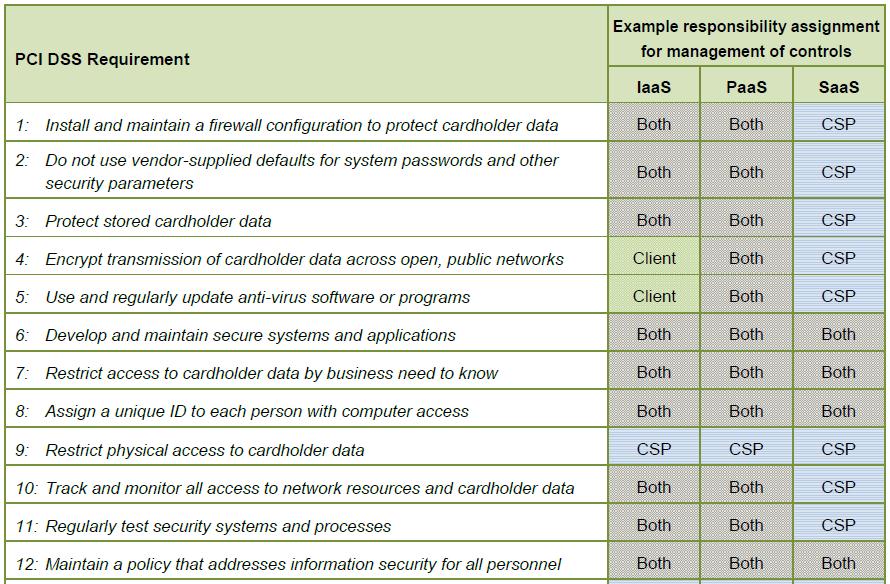The Service Level Agreement (SLA) serves a purpose of documenting the performance expectations, roles and responsibilities, constraints and limits using some of the matrices like availability, serviceability, performance, operations, metering/billing, and damages/penalties/bonuses, exclusions, escalation procedures, remedy circumstances and the overall governance. SLA agreement ensures the proper measurement matrices which ensures the healthy relationships between a customer and service provider and reduces the potential conflicts scenarios.
Business owners are often confused about SLAs with respect to the enterprise applications. They struggle to figure out what to expect and what they should be aware to assess the performance of enterprise applications and IT services. The complexity increases significantly when an enterprise subscribes to cloud service or services under any model: Infrastructure as a Service (IaaS), Platform as a Service (PaaS) and Software as a Service (SaaS). SLAs are important to clearly set expectations from business and technology stakeholders with cloud service provider.
In case of Public Cloud providers such as Amazon Web Services (AWS) SLAs are standard in nature and restrict to the infrastructure level. In this scenario, it’s up to cloud customer to review and understand how to address additional security measures (PCI DSS compliance), availability, reliability and performance risks. The ability to measure and track specific service level objectives through performance indicators becomes more important in the Public Cloud like AWS. Cloud consumers need to ensure that cloud SLA provides adequate methods and processes for measurement. The important part of the SLA agreement is designing measurement metrics and monitoring these metrics. The underneath assumption is SLA captures all the relevant metrics associated with business (functional) objectives. However stakeholders face two critical challenges
- Identify critical performance indicators and link them with business objectives (which results into payments, penalties and guarantees etc.)
- Tool which will help in monitoring all the performance metrics
In the subsequent sections will discuss about SLAs in cloud from practical perspective, SLAs ( L1, L2, L3) redefined for applications in cloud, application performance management with respect to Amazon Web Services (AWS) and how to achieve PCI-DSS security compliance for your business applications deployed on Amazon Web Services (AWS)?

